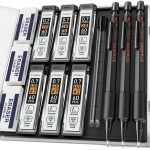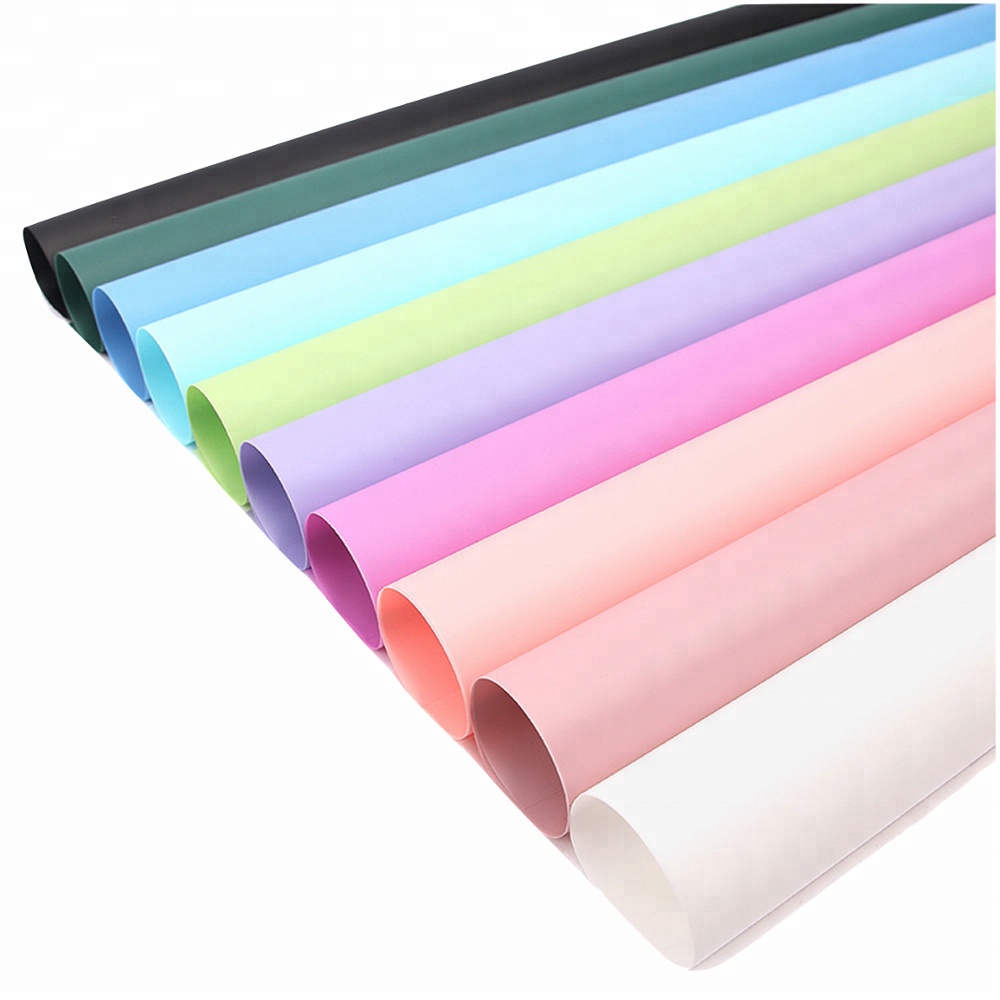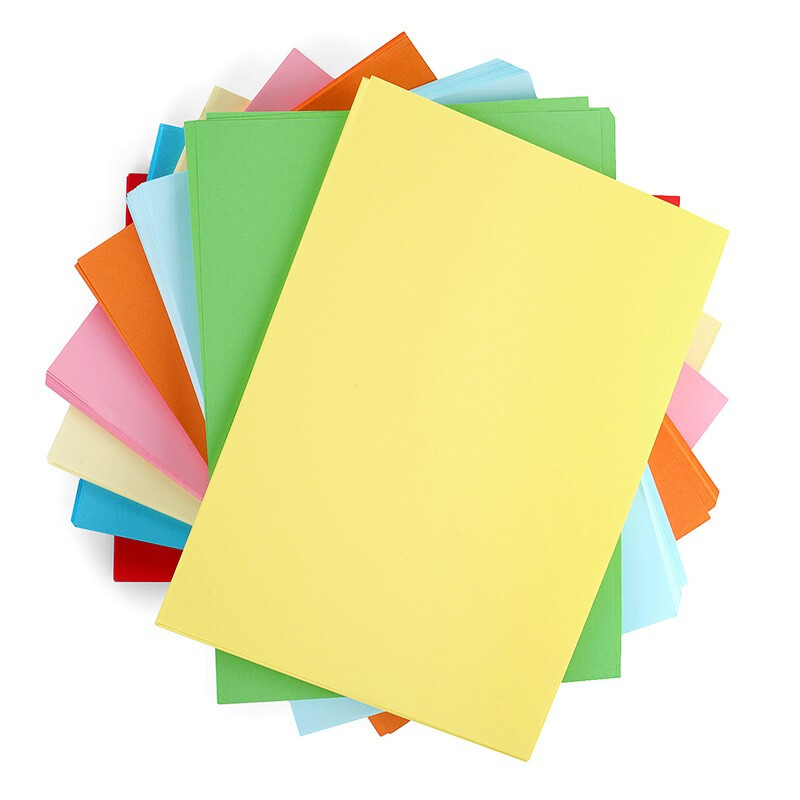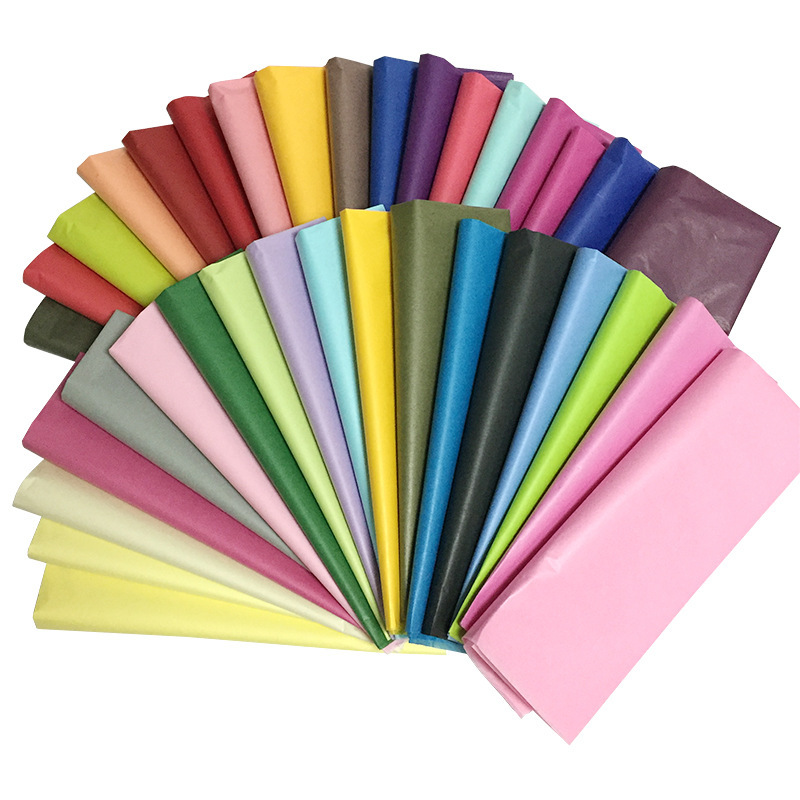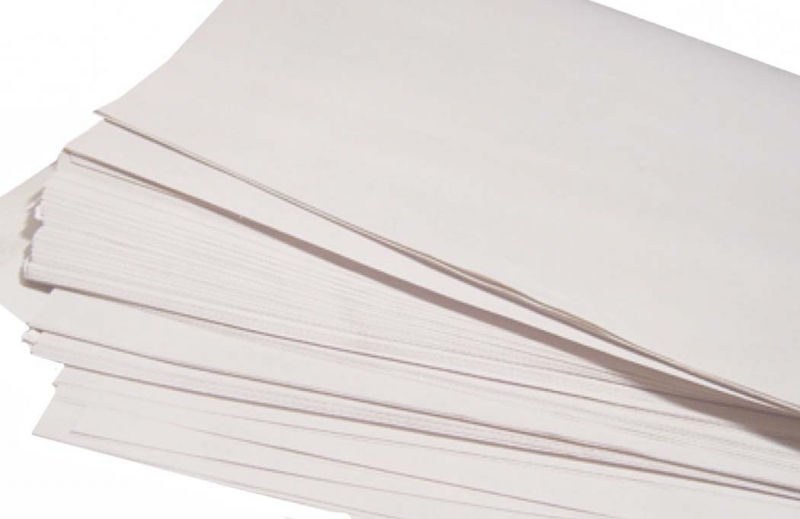Printer paper thickness, where technology dominates the workplace, the choice of printer paper might seem like a trivial matter. However, for those who still rely on printed documents for presentations, reports, or artwork, selecting the right paper is crucial. From thickness to texture, brightness to finish, there are numerous factors to consider when choosing printer paper. In this comprehensive guide, we will delve into the various aspects of printer paper selection, helping you make informed decisions that meet your specific needs and preferences.
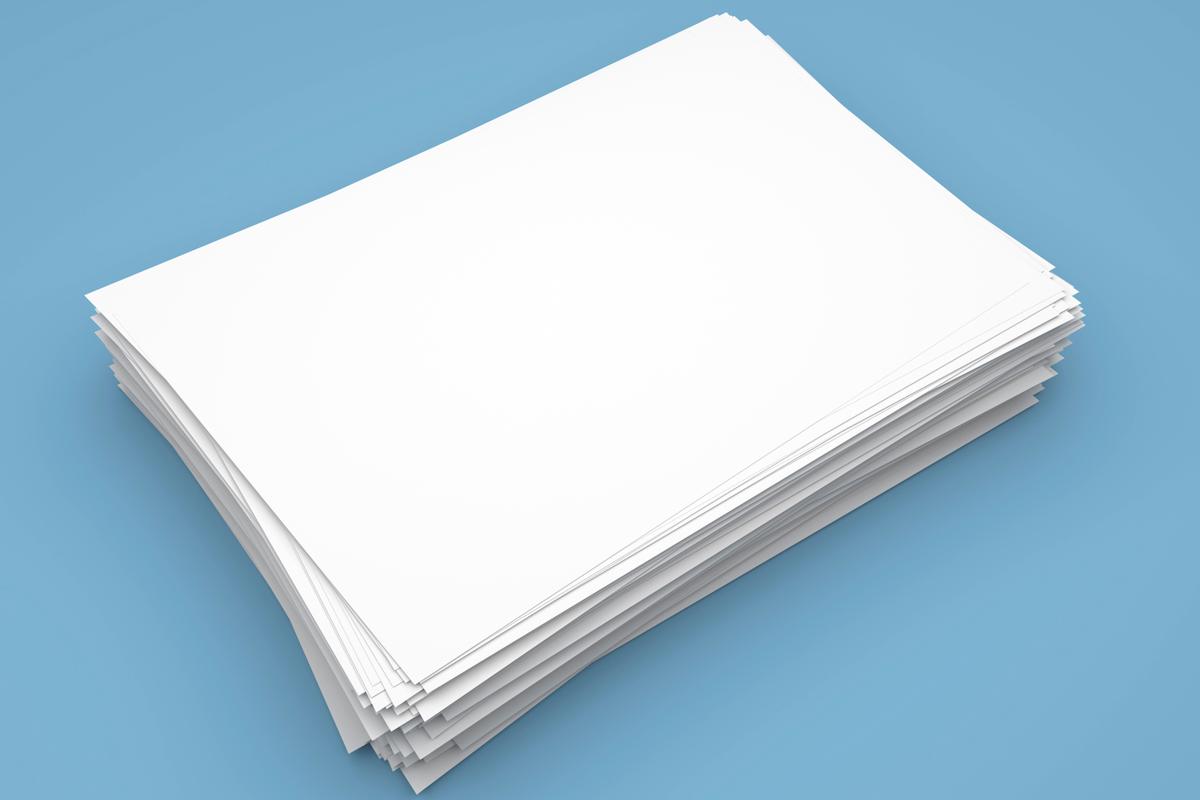
Advantages of printer paper thickness
In the realm of printing, selecting the appropriate paper thickness is more than just a matter of personal preference—it directly impacts the quality, durability, and overall effectiveness of printed materials. From everyday documents to special projects, each paper weight offers unique advantages that cater to specific needs and requirements.
Thin paper, characterized by its lightweight and flexible nature, serves as a cost-effective solution for numerous printing tasks. While it may not boast the same durability or premium feel as thicker alternatives, thin paper offers several distinct advantages:
- Affordability: Thin paper is typically more affordable than thicker options, making it an economical choice for high-volume printing tasks such as internal memos, drafts, or disposable documents. Its low cost per sheet makes it a practical solution for businesses and individuals operating within tight budgets.
- Ease of Handling: Due to its lightweight and flexible nature, thin paper is easy to handle and feed through printers without jamming or misfeeds. This ensures smooth printing operations, minimizing downtime and frustration associated with paper-related issues.
- Convenience: Thin paper is readily available in bulk quantities, making it convenient for large-scale printing projects or everyday office use. Its widespread availability and affordability make it a popular choice for businesses, schools, and organizations with diverse printing needs.
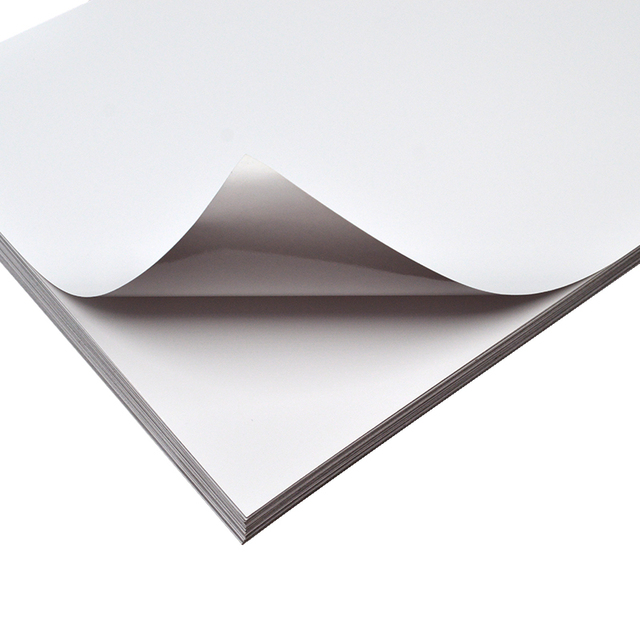
1. Understanding Paper Thickness
Paper thickness, often referred to as paper weight or paper gauge, is a critical factor that influences the look, feel, and performance of printed documents. It is typically measured in grams per square meter (gsm) or pounds (lb), with higher values indicating thicker paper. Understanding the significance of paper thickness is essential for achieving the desired results in your printing projects.
- Thin Paper (50-100 gsm): Thin paper is lightweight and commonly used for everyday printing tasks such as internal memos, drafts, or disposable documents. It is economical, easily feeds through printers, and is suitable for large-volume printing jobs. However, thin paper may lack durability and feel flimsy, making it unsuitable for high-quality presentations or archival documents.
- Standard Paper (100-120 gsm): Standard paper is the most commonly used paper thickness for general office printing, photocopying, and everyday use. It strikes a balance between affordability, print quality, and durability, making it suitable for a wide range of applications. Standard paper is available in various finishes, including matte, satin, and glossy, to accommodate different printing preferences.
- Thick Paper (120-200 gsm): Thick paper, also known as cardstock or cover stock, offers enhanced durability and stiffness compared to printer paper. It is commonly used for business cards, postcards, invitations, and marketing materials that require a more substantial feel and professional appearance. Thick paper is ideal for printing projects that demand durability and longevity, such as brochures or presentation covers.
- Extra Thick Paper (200+ gsm): Extra thick paper is heavyweight paper designed for specialty printing applications that require maximum durability and impact. It is commonly used for premium business cards, greeting cards, photo prints, and art reproductions. Extra thick paper provides a luxurious look and feel, enhancing the perceived value of printed materials.
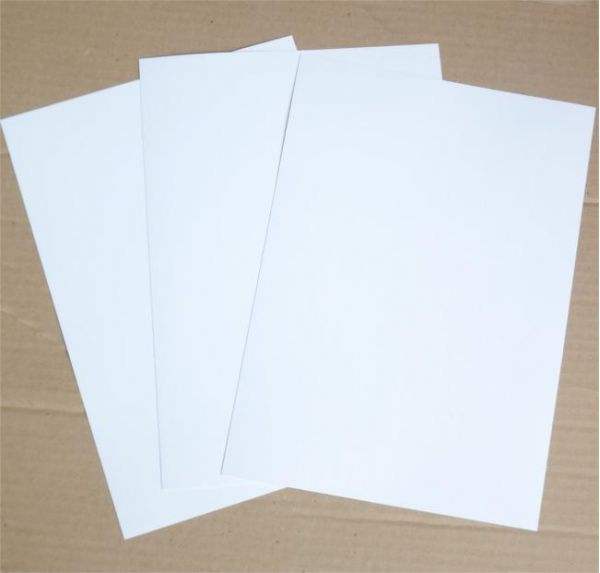
2. Factors to Consider When Choosing Paper Thickness
- Print Quality: Paper thickness can significantly impact print quality, especially when using inkjet or laser printers. Thicker paper tends to absorb less ink and produce sharper, more vibrant prints with minimal show-through or bleed-through. Consider the type of printing technology and the desired print quality when selecting paper thickness.
- Durability: Thicker paper offers greater durability and resistance to tearing, creasing, or wrinkling, making it suitable for printing projects that require handling or transportation. If your printed materials will be subjected to frequent use or environmental conditions, opting for thicker paper can help maintain their integrity over time.
- Perceived Value: The thickness of paper can influence the perceived value and professionalism of printed materials. Thicker paper conveys a sense of quality, sophistication, and attention to detail, making it ideal for business documents, marketing collateral, or promotional materials. Consider the intended audience and the desired impression when choosing paper thickness for your printing projects.
- Printer Compatibility: Before selecting paper thickness, ensure that your printer can accommodate the chosen paper weight. Some printers may have limitations on the maximum paper thickness they can handle, which can affect print quality and performance. Consult the printer’s specifications or user manual to determine the recommended paper weight range.
- Application Requirements: Consider the specific requirements of your printing project when choosing paper thickness. For example, if you’re printing double-sided documents, selecting a thicker paper can help minimize show-through or ghosting. Similarly, if you’re printing photographs or artwork, choosing a thicker paper with a matte or satin finish can enhance color reproduction and texture.
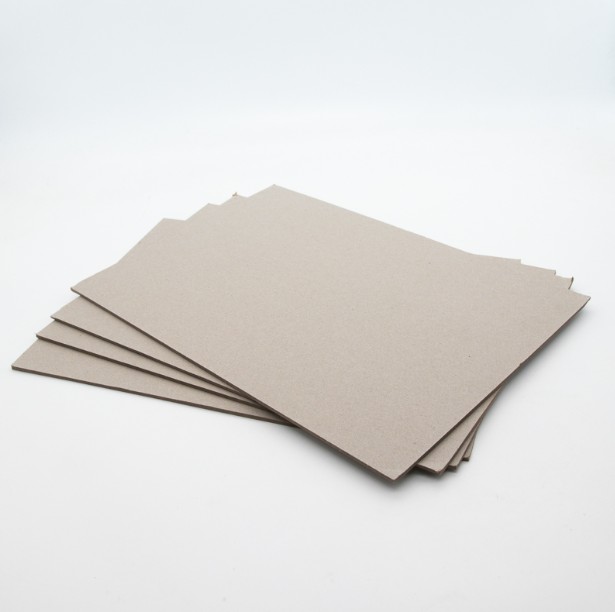
3. Tips for Selecting the Right Paper Thickness
- Consider the Purpose: Determine the intended use of the printed materials and select paper thickness accordingly. For everyday printing tasks, standard paper thickness may suffice, while specialty projects may require thicker or extra thick paper for added durability and impact.
- Test Samples: If you’re unsure about the appropriate paper thickness for your printing project, consider obtaining sample packs from paper suppliers. Testing different paper weights and finishes allows you to evaluate print quality, texture, and suitability before committing to a larger purchase.
- Consult Printing Professionals: If you’re working on a high-stakes printing project or require expert advice, consider consulting printing professionals or graphic designers. They can provide valuable insights and recommendations based on their experience and expertise, helping you achieve the best possible results.
- Balance Cost and Quality: While thicker paper tends to offer superior print quality and durability, it may also come at a higher cost. Evaluate your budget constraints and project requirements to strike a balance between cost-effectiveness and desired outcomes. In some cases, investing in higher-quality paper may yield long-term benefits in terms of perceived value and impact.
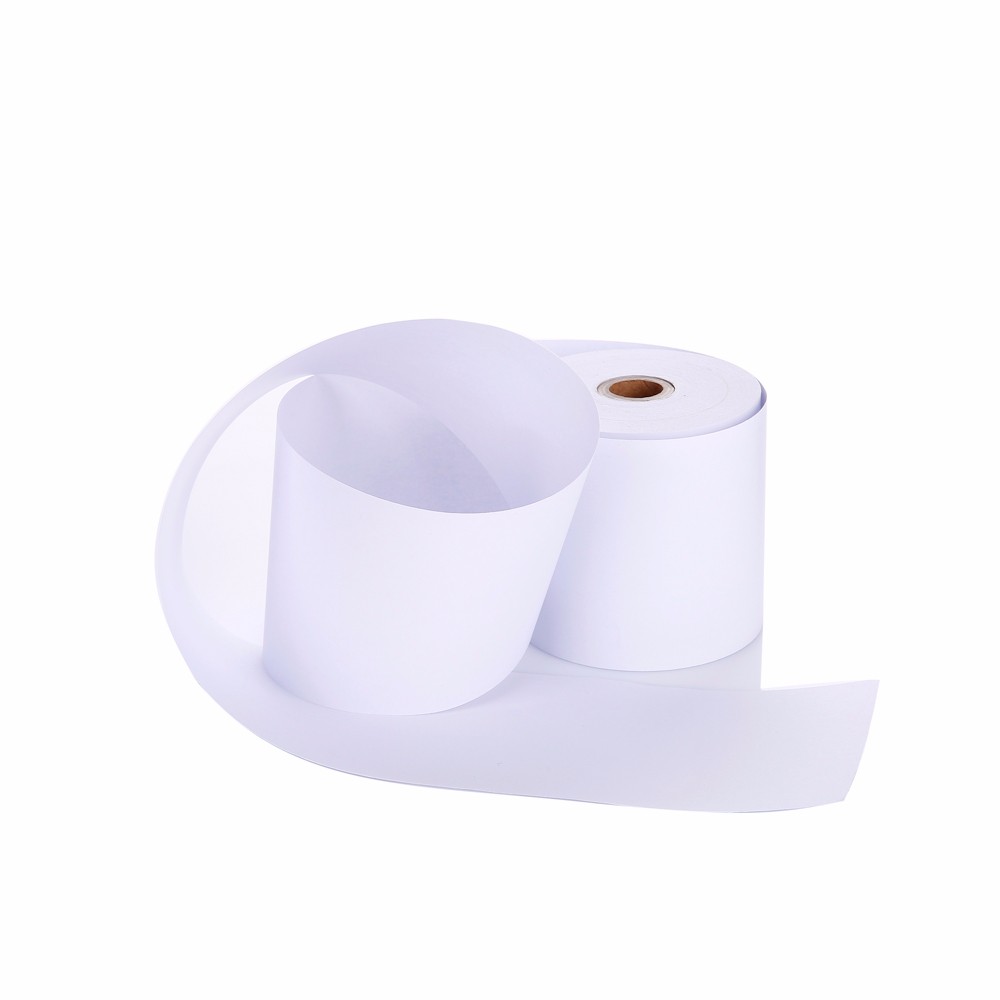
Conclusion
Choosing the right paper thickness is essential for achieving optimal print quality, durability, and visual impact in your printing projects. By understanding the significance of paper thickness and considering factors such as print quality, durability, perceived value, printer compatibility, and application requirements, you can make informed decisions that meet your specific needs and preferences. Whether you’re printing everyday documents, marketing materials, or artistic creations, selecting the appropriate paper thickness enhances the effectiveness and professionalism of your printed materials.




